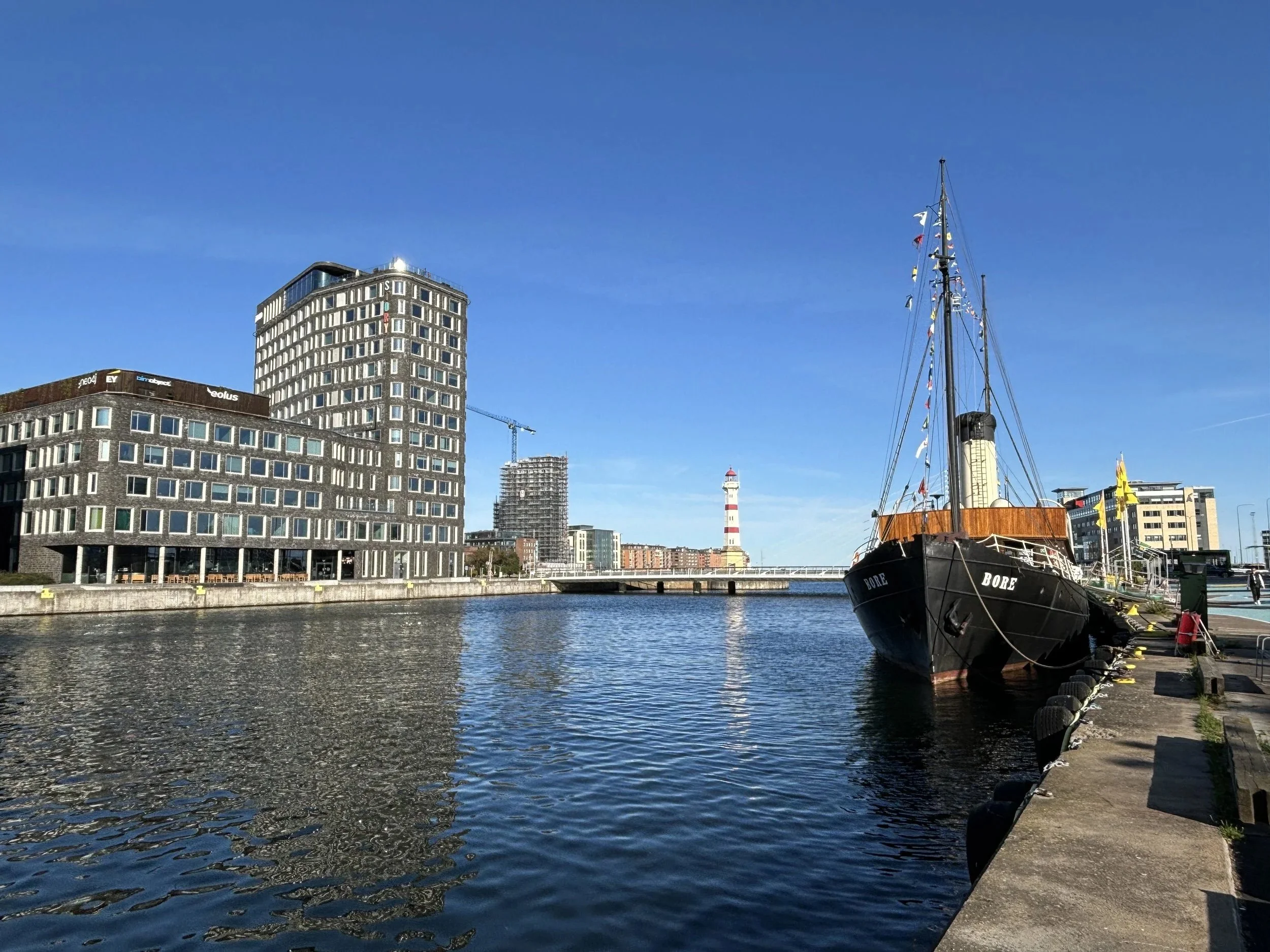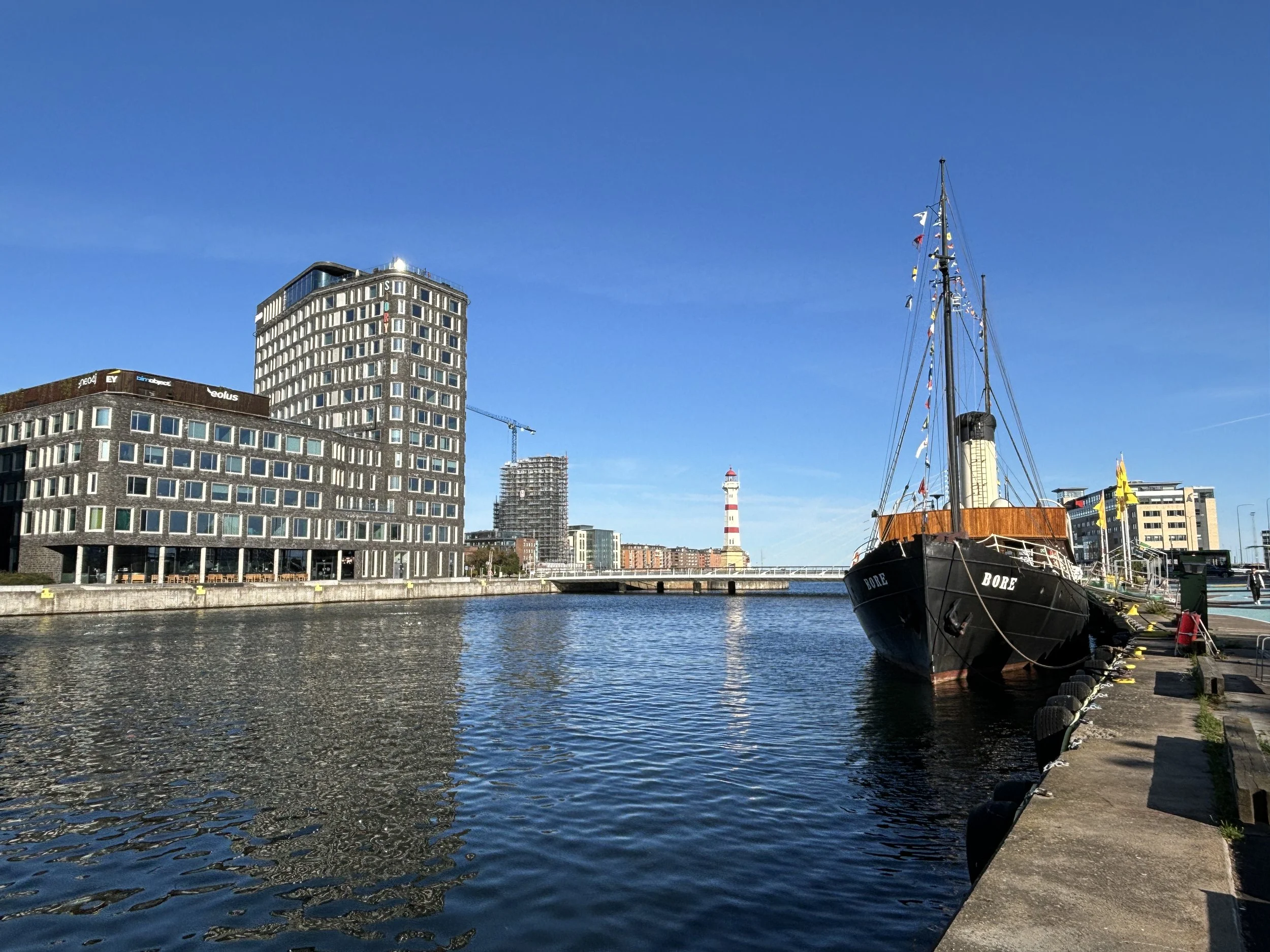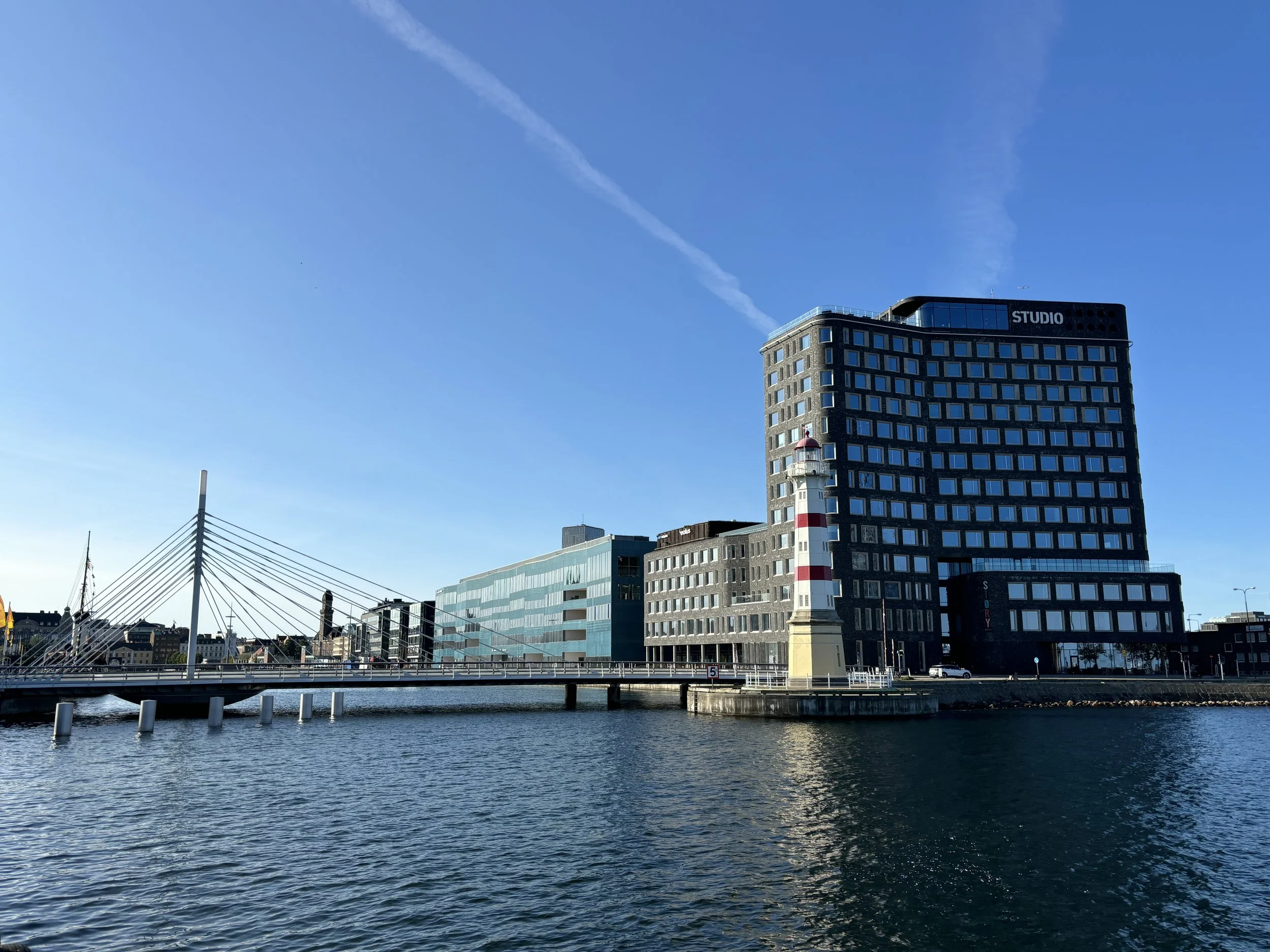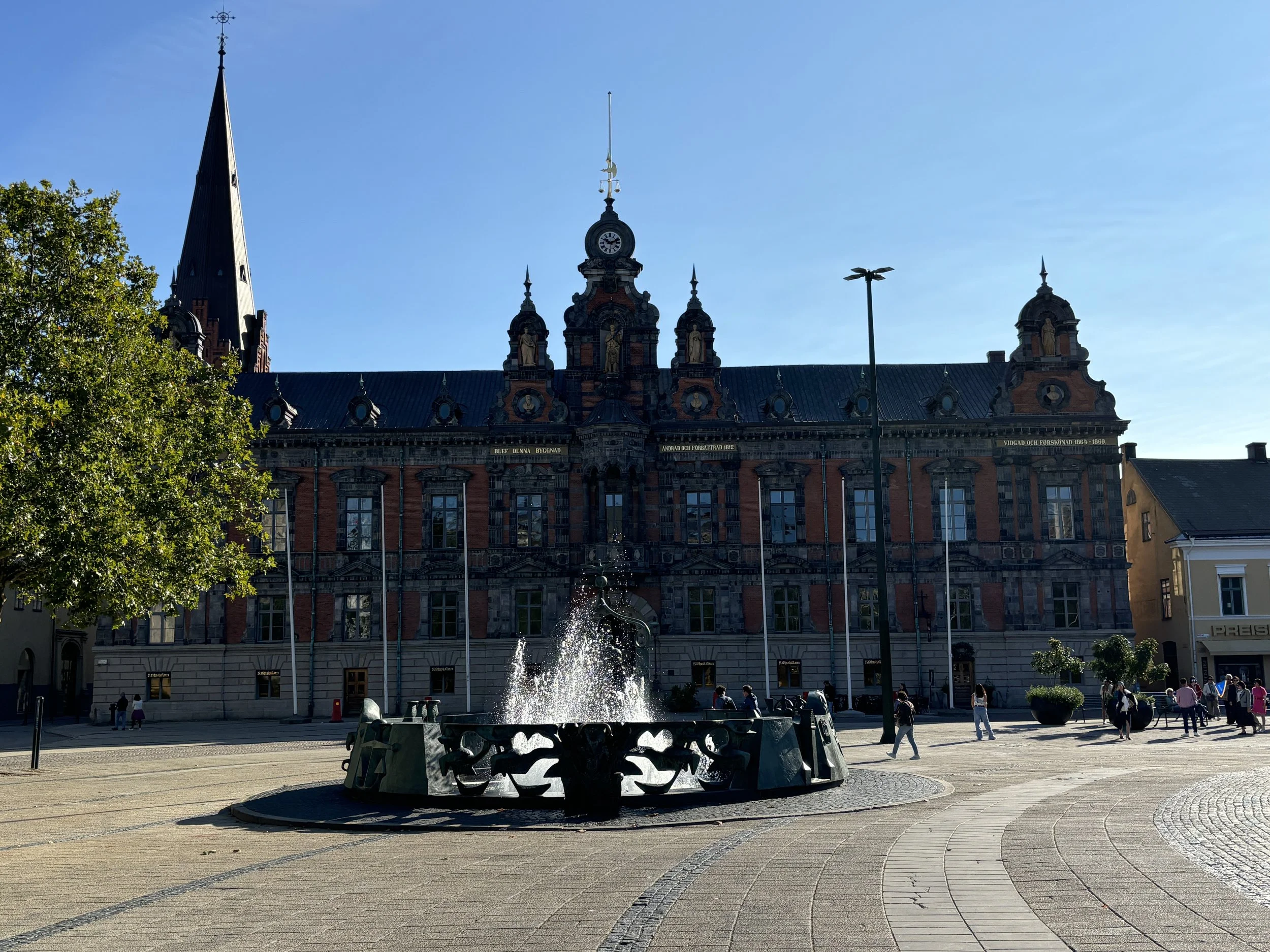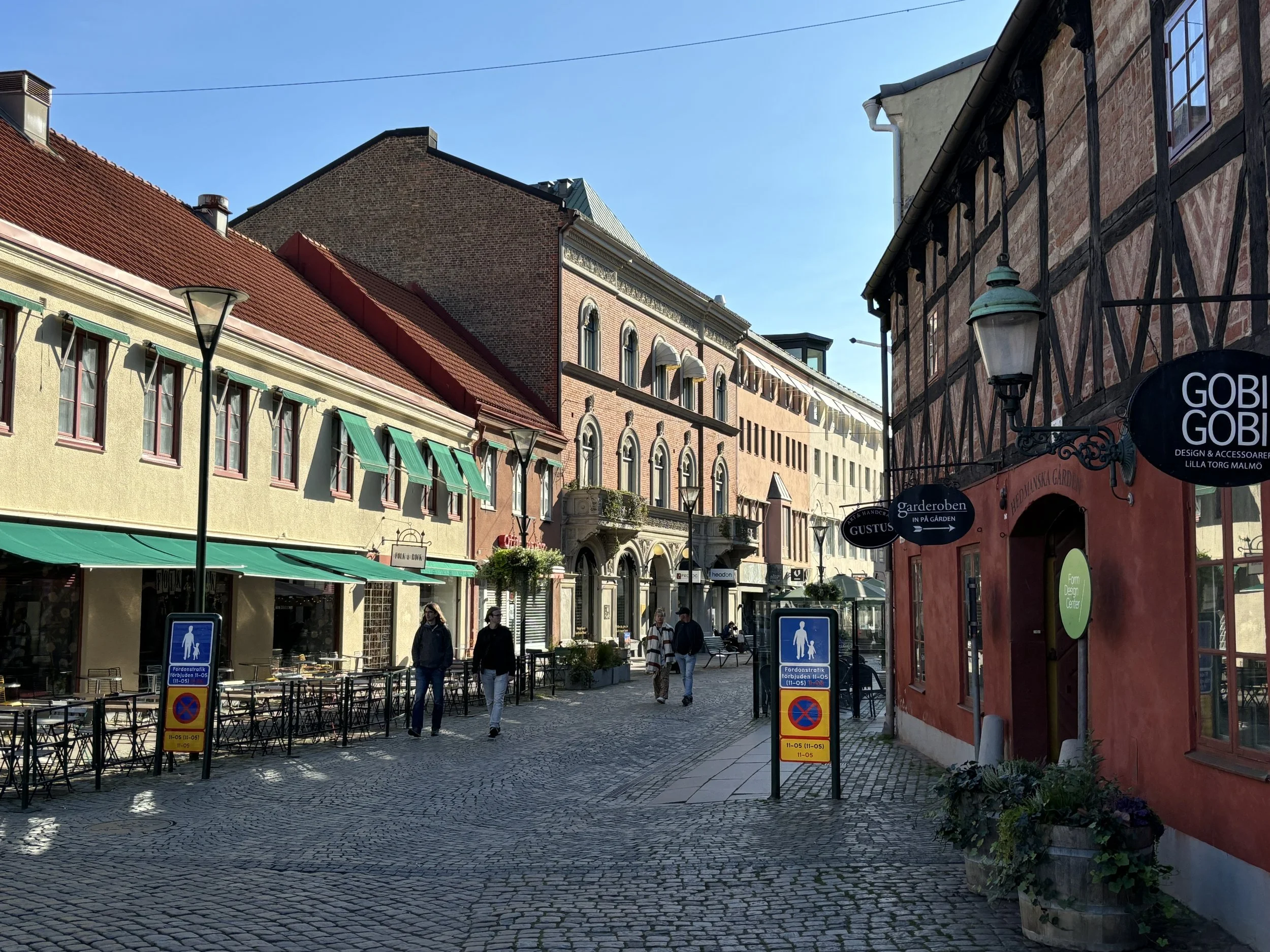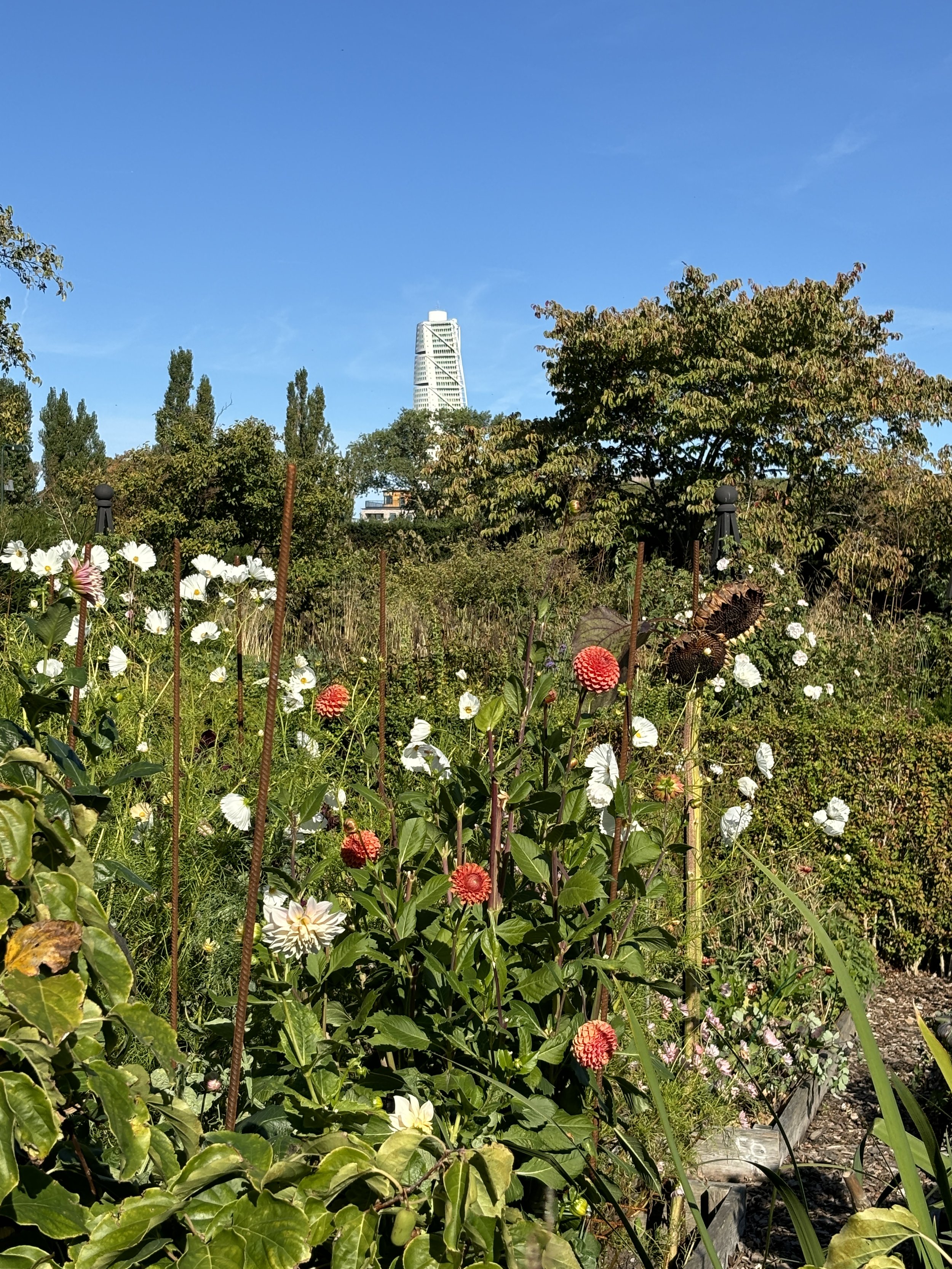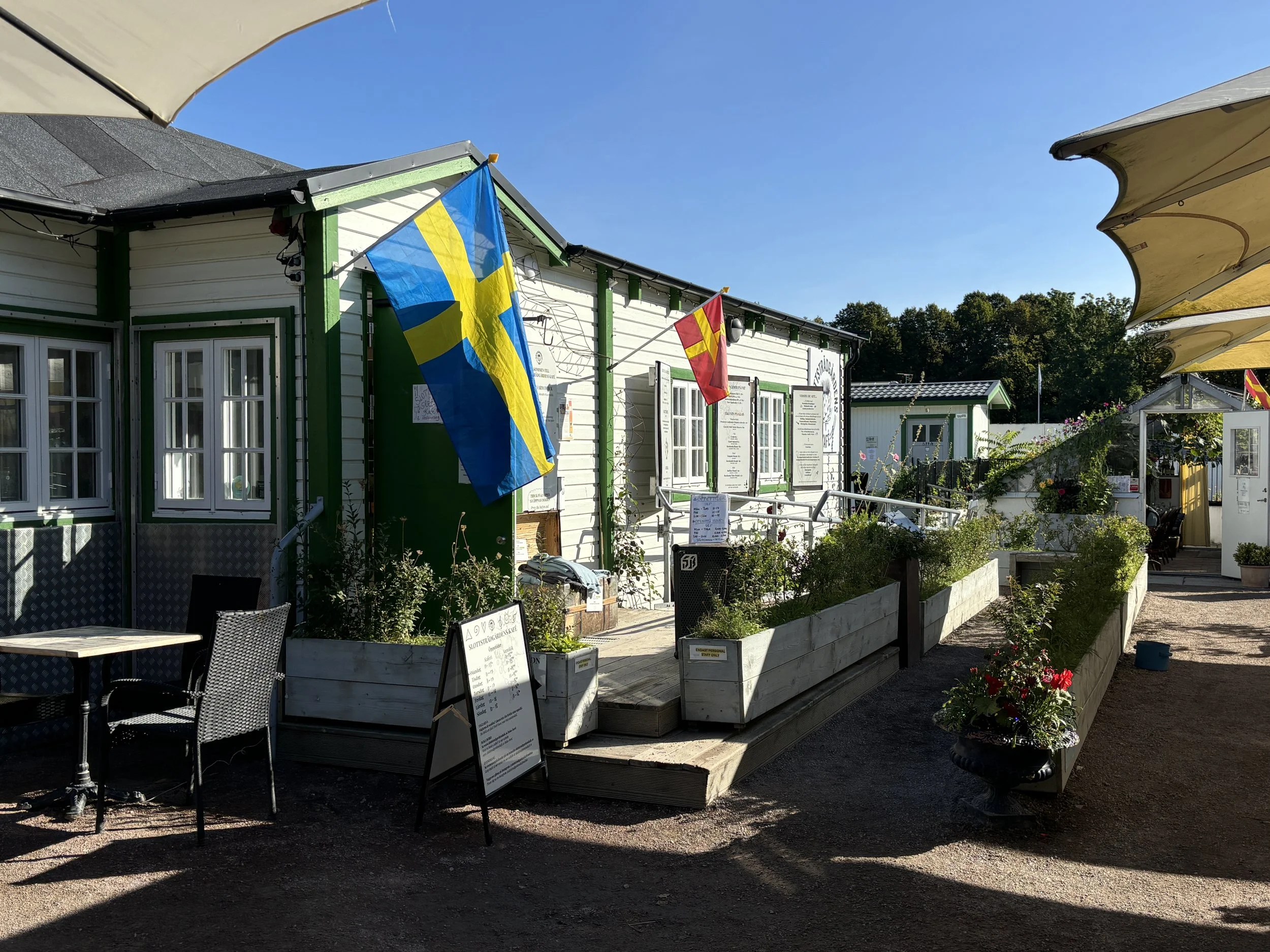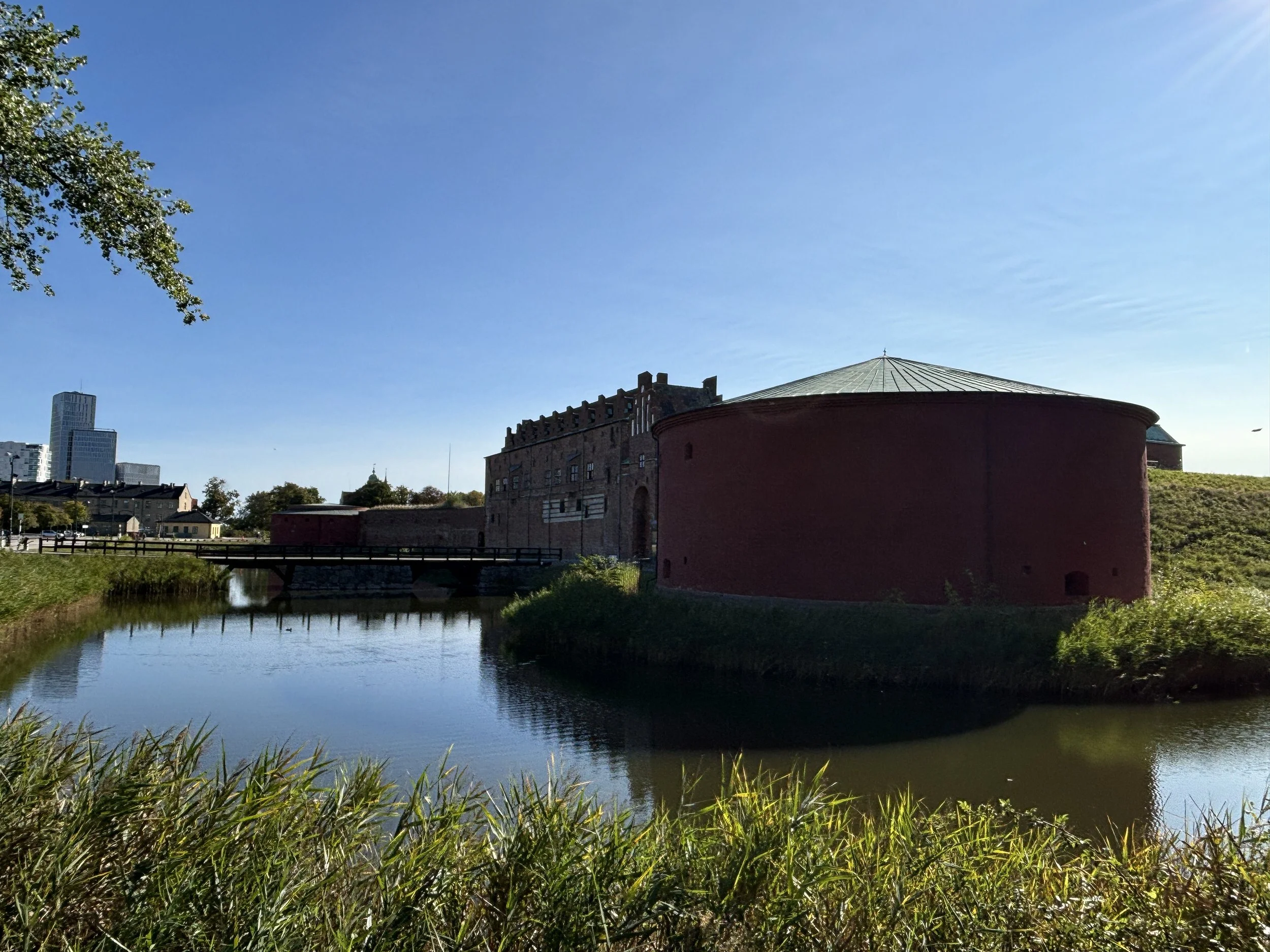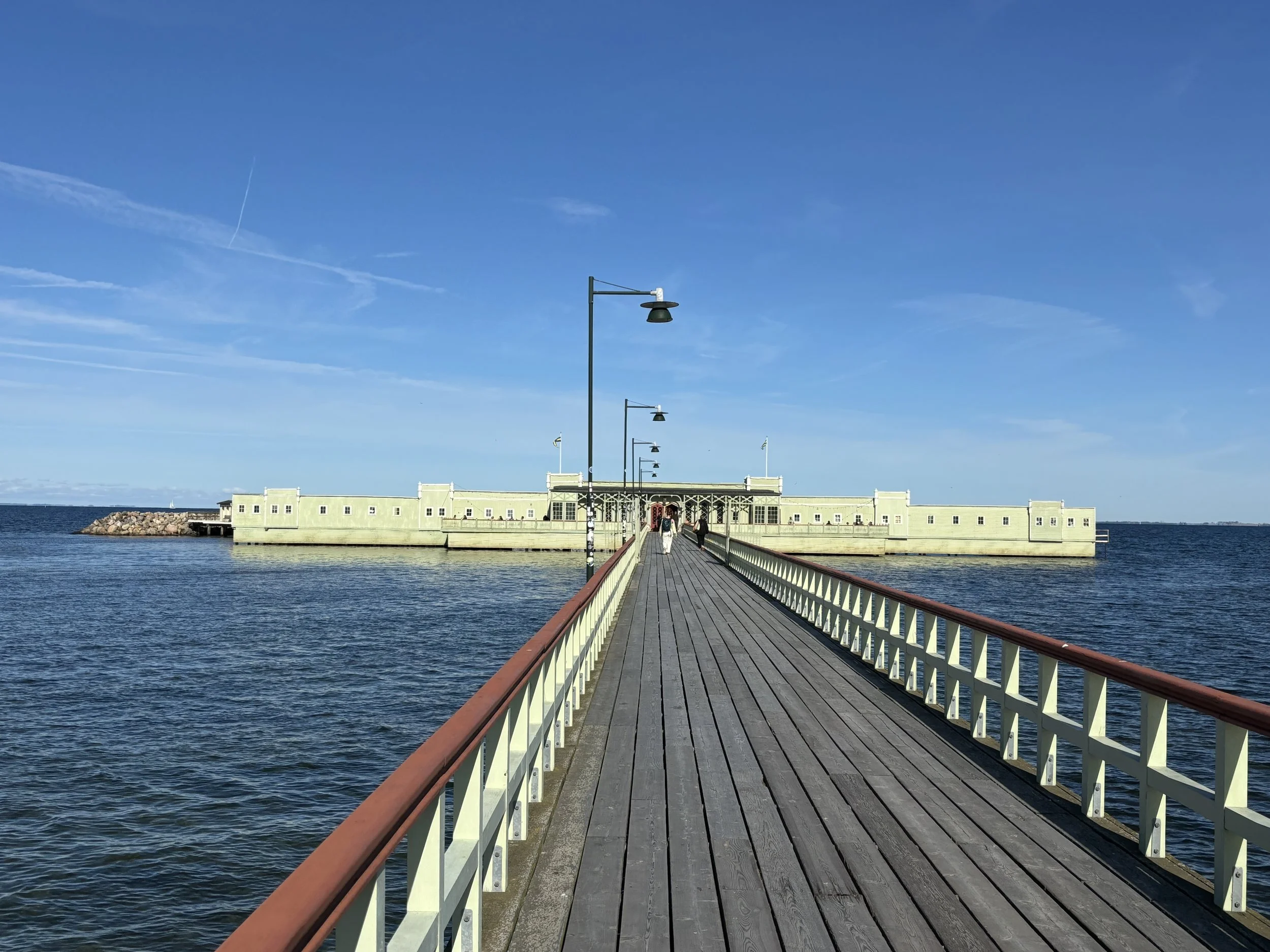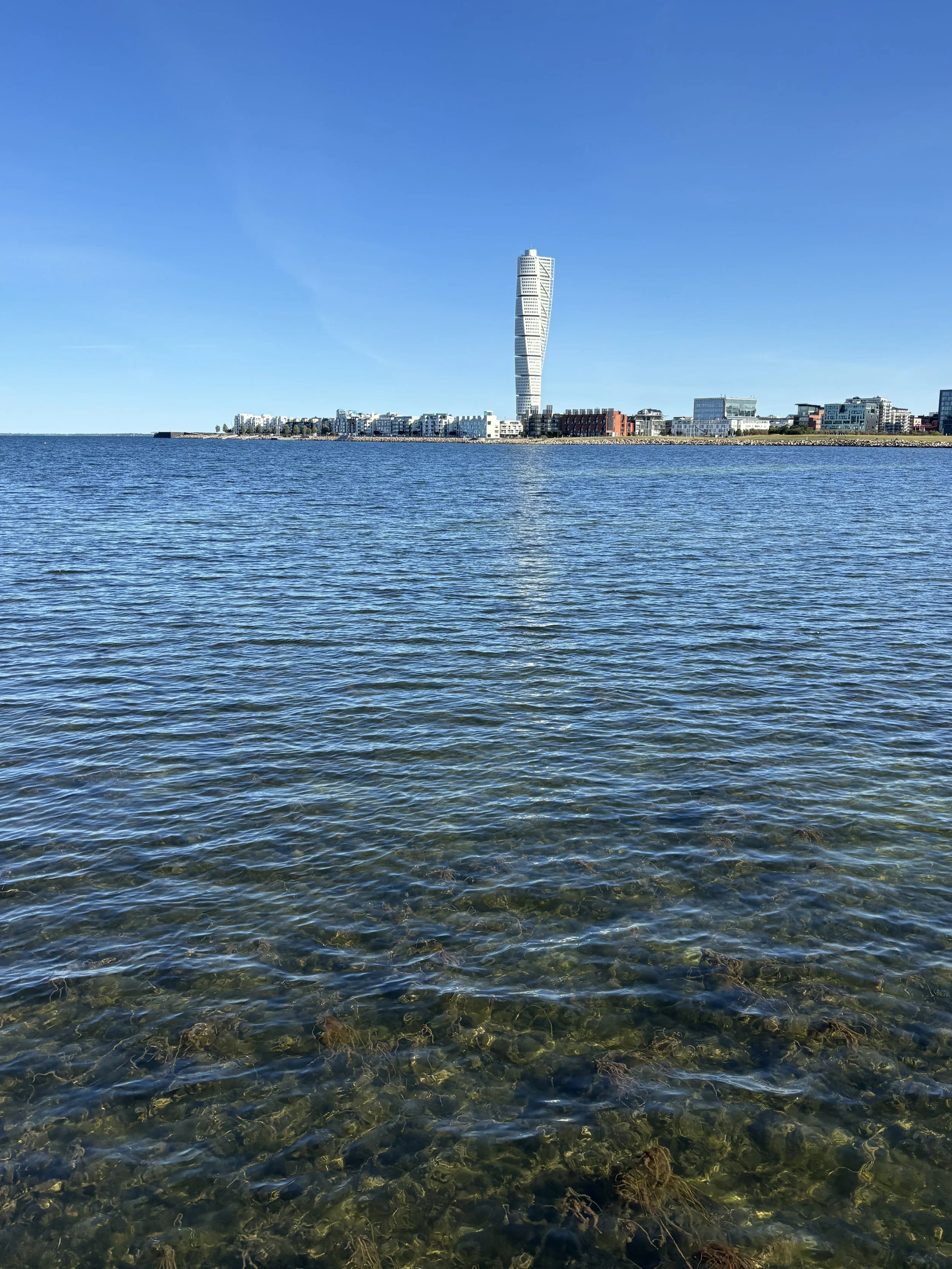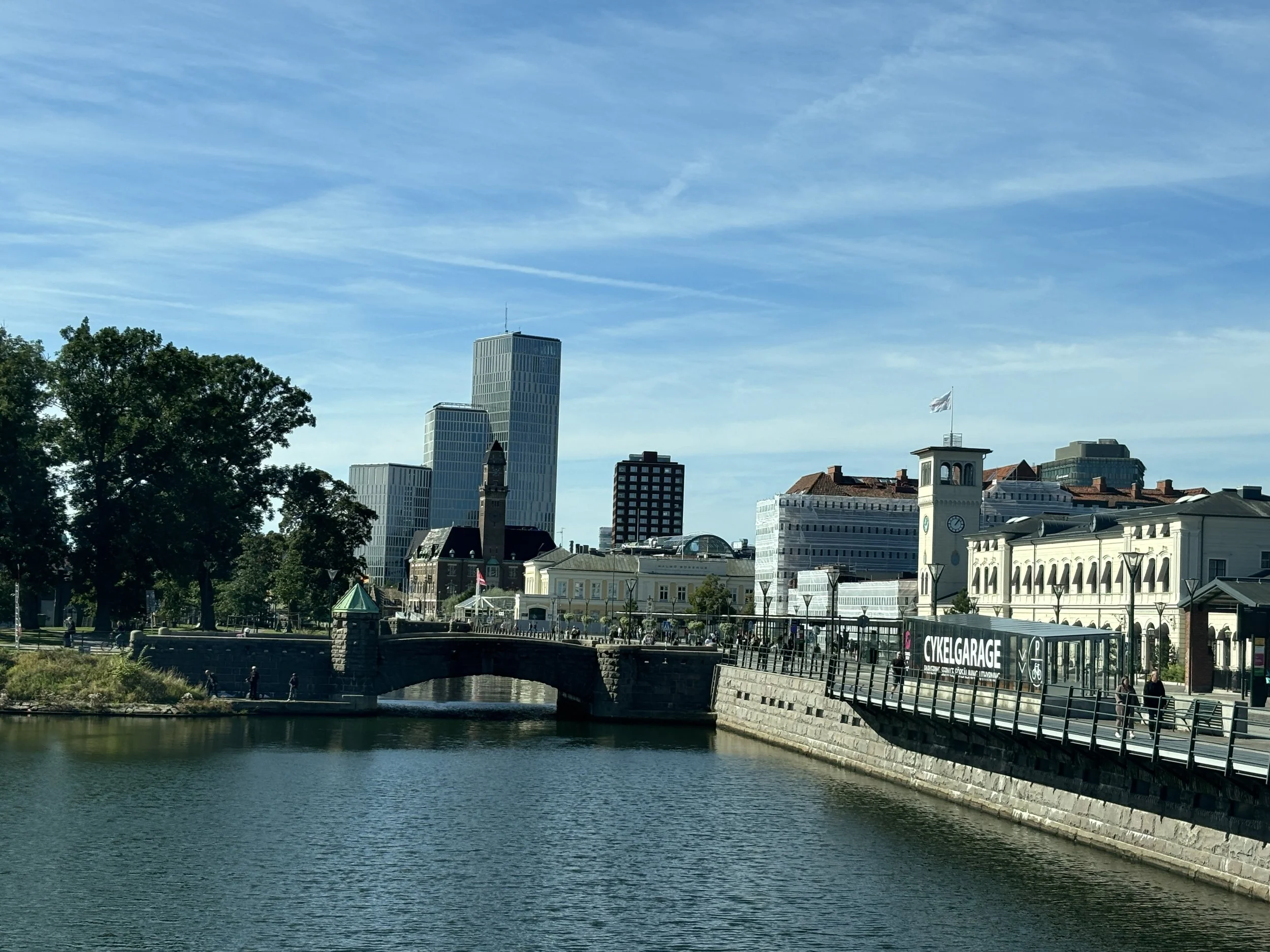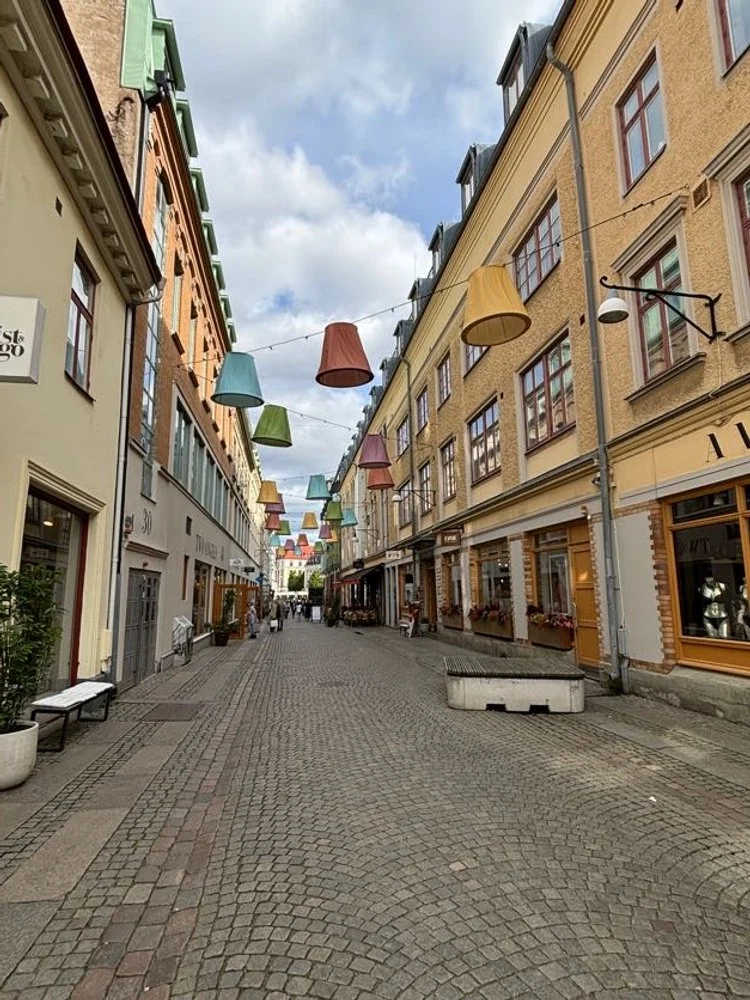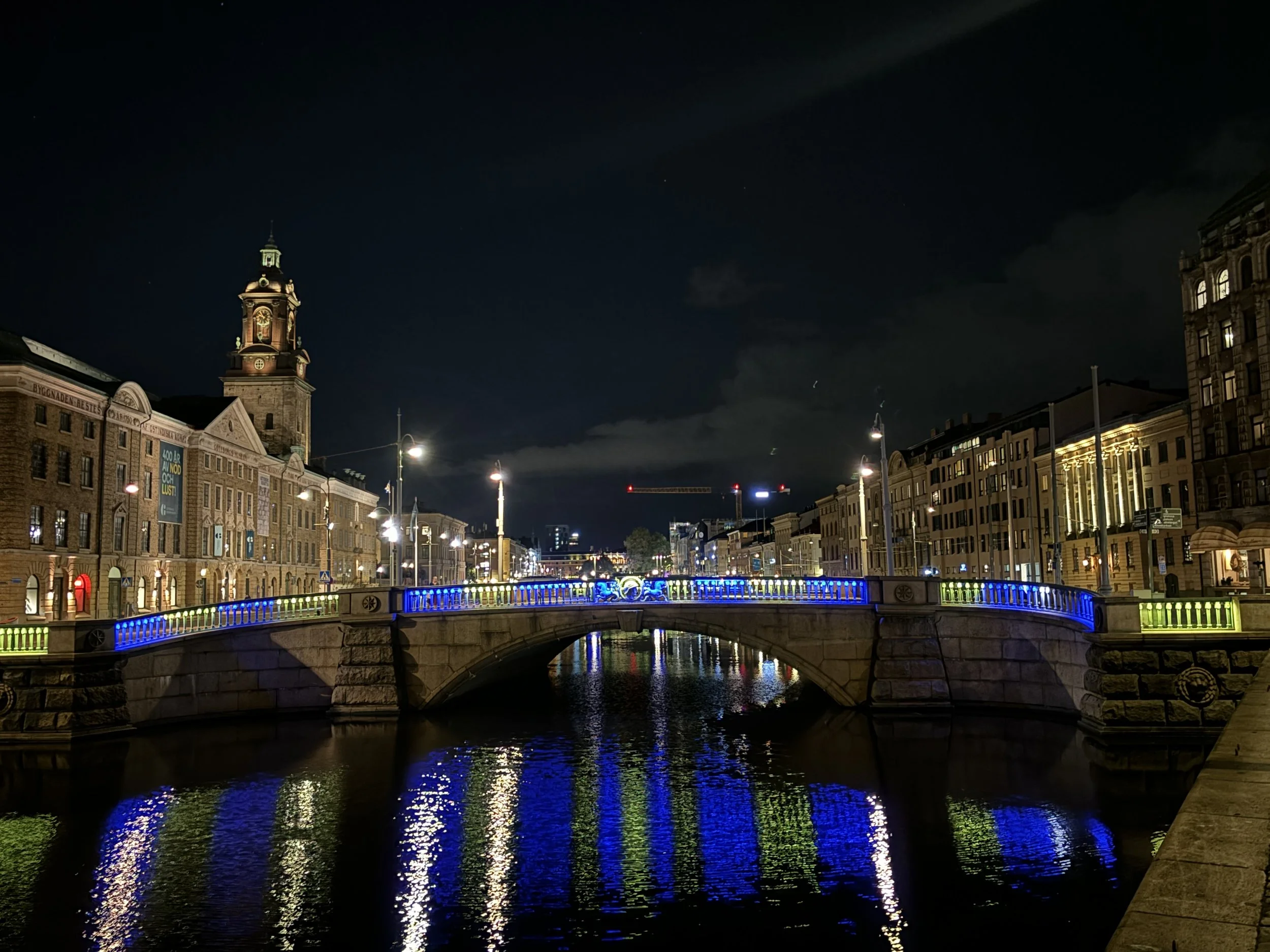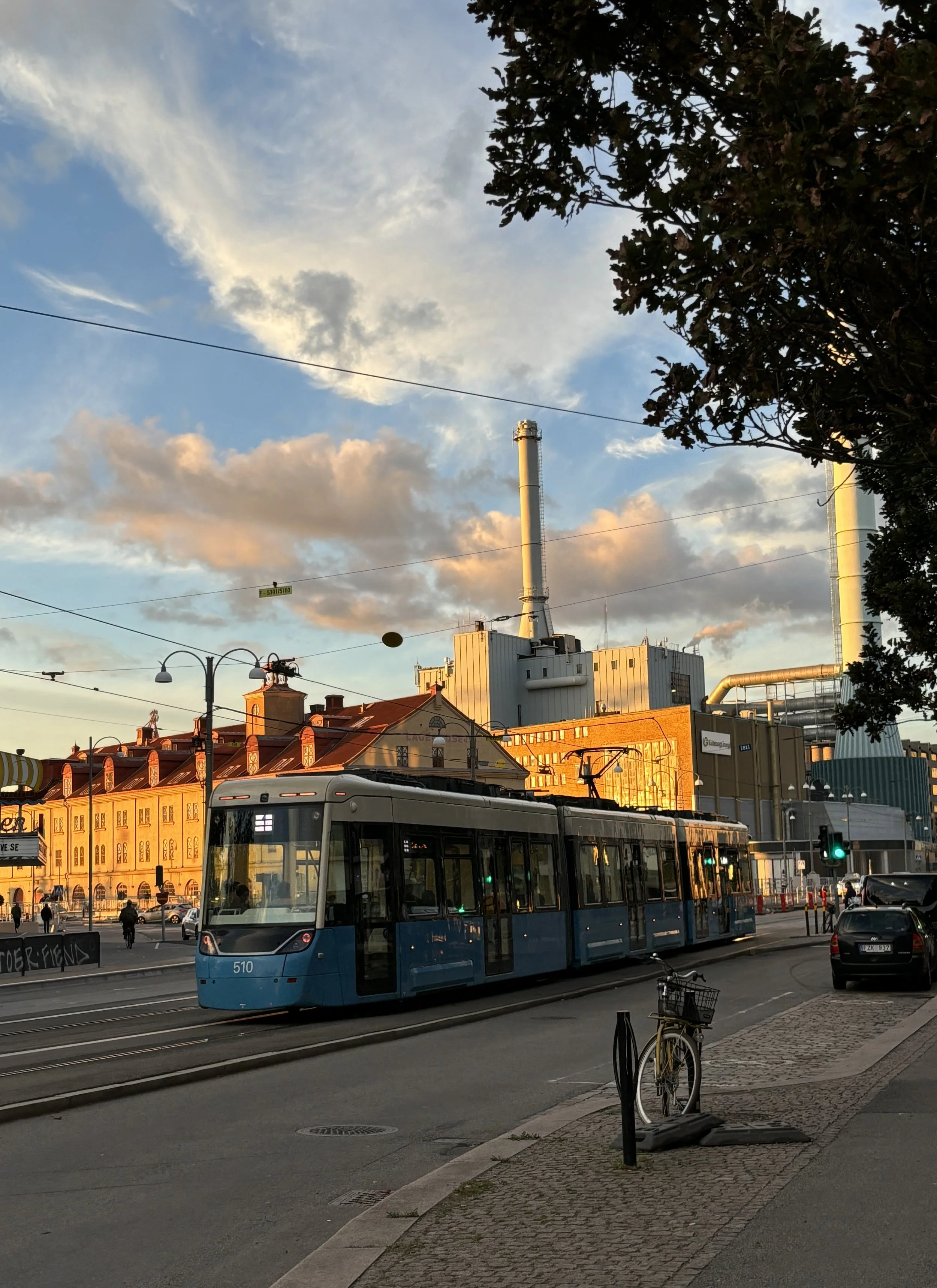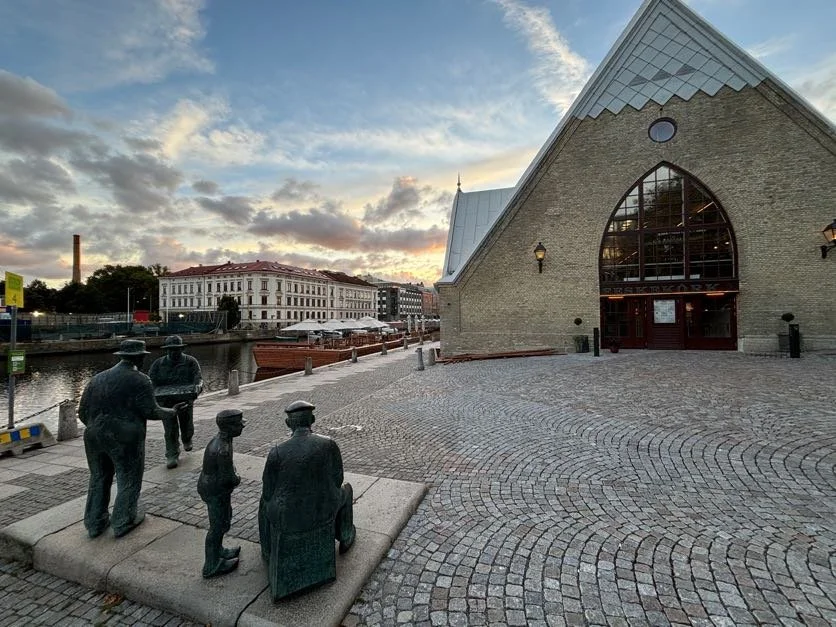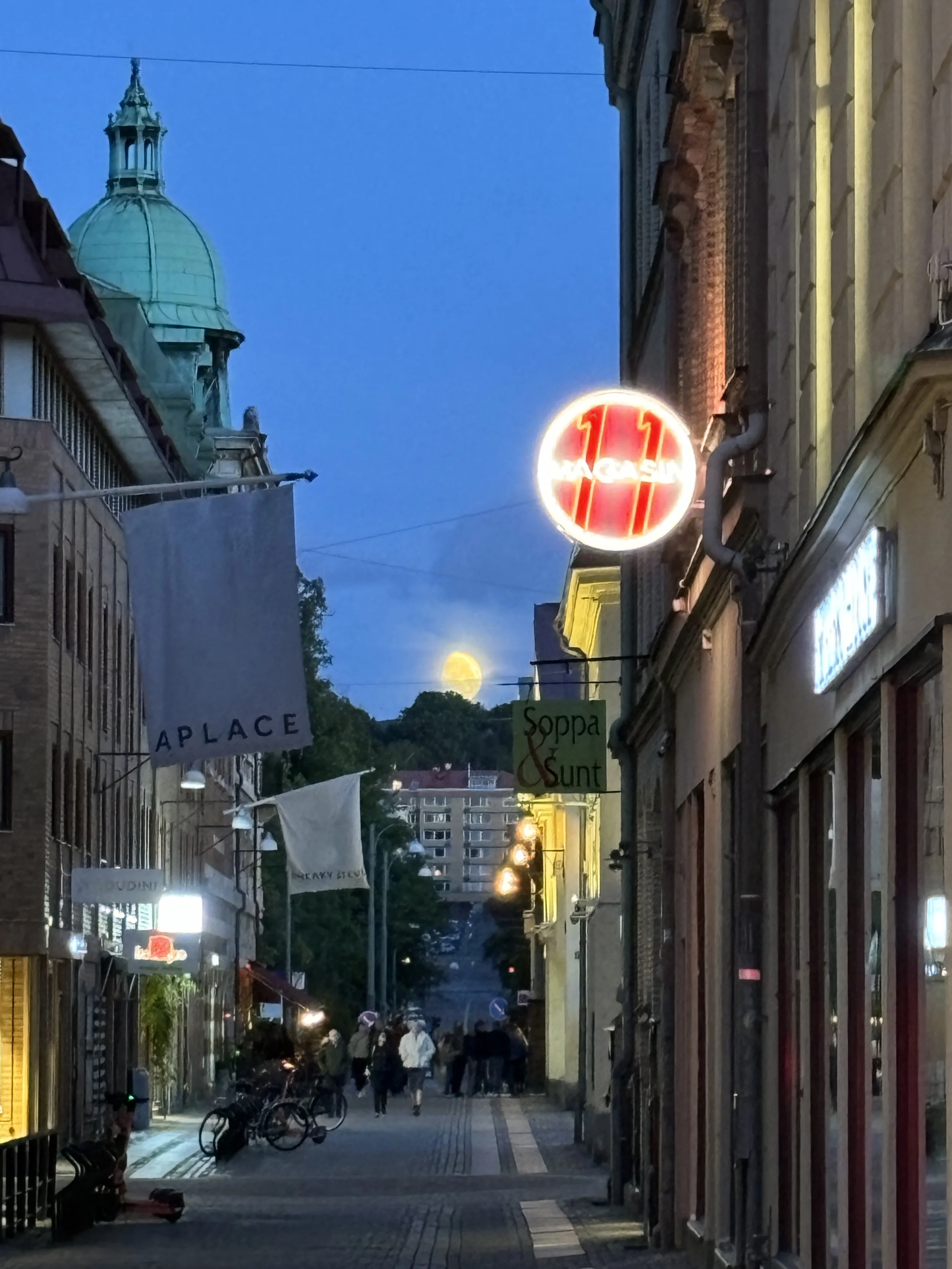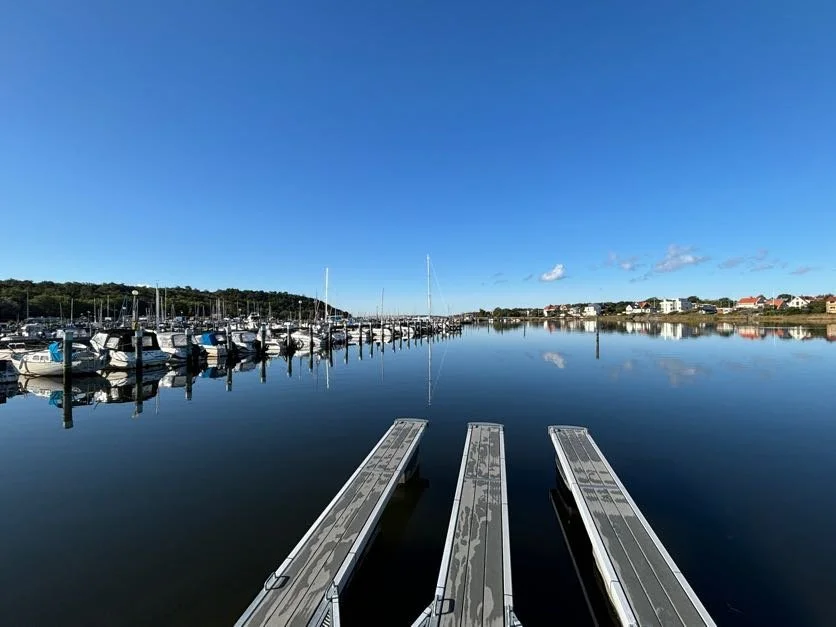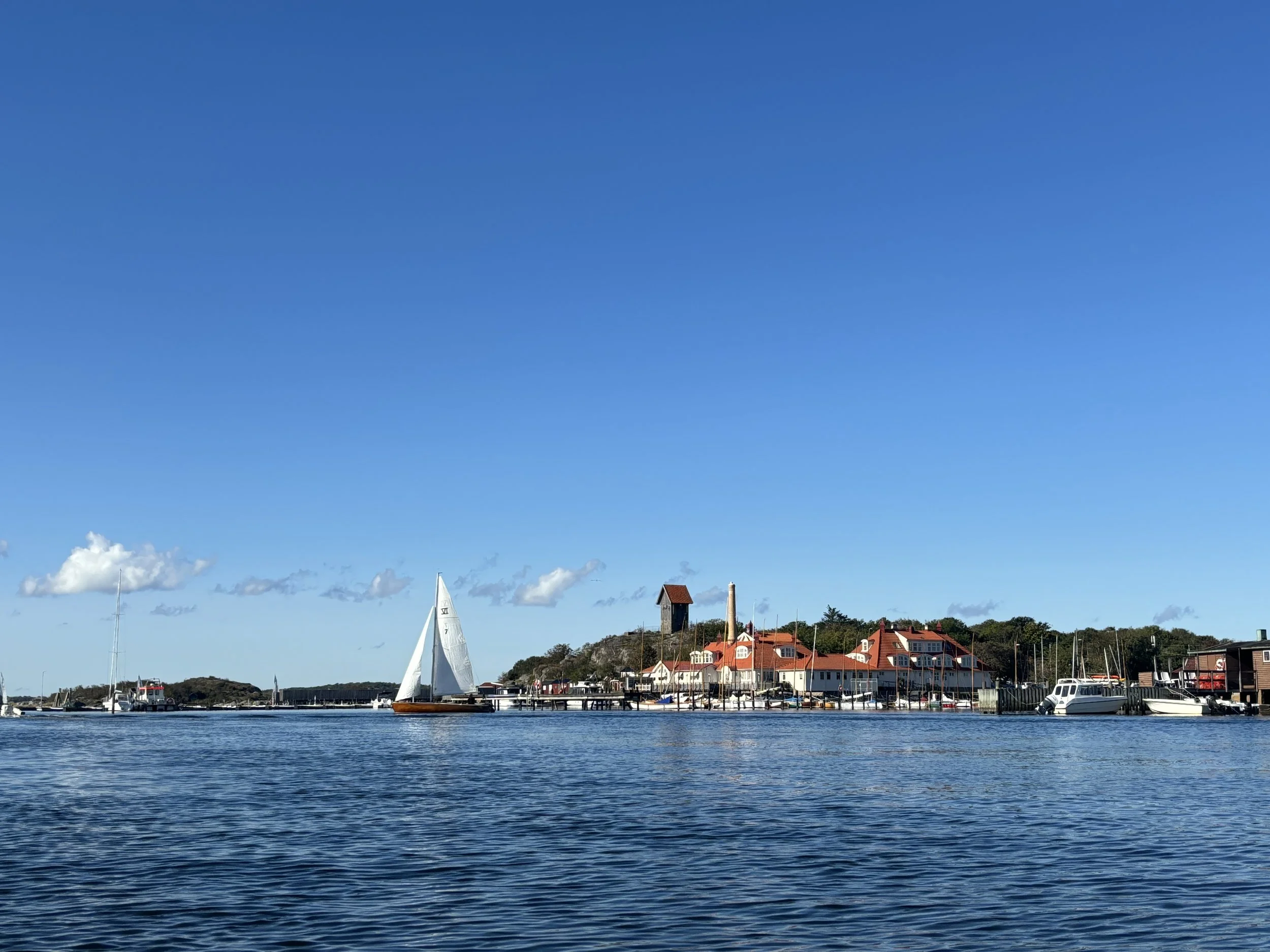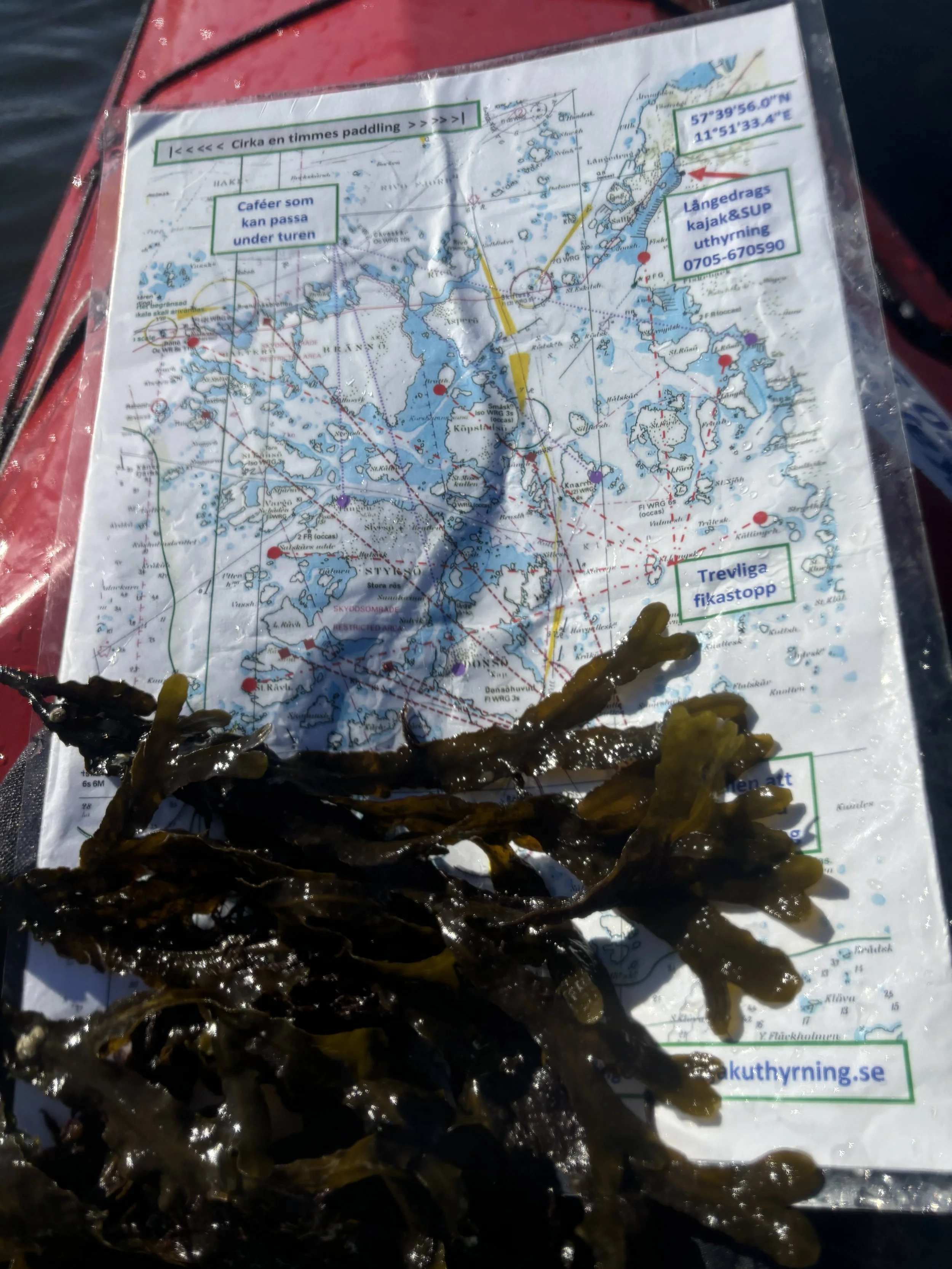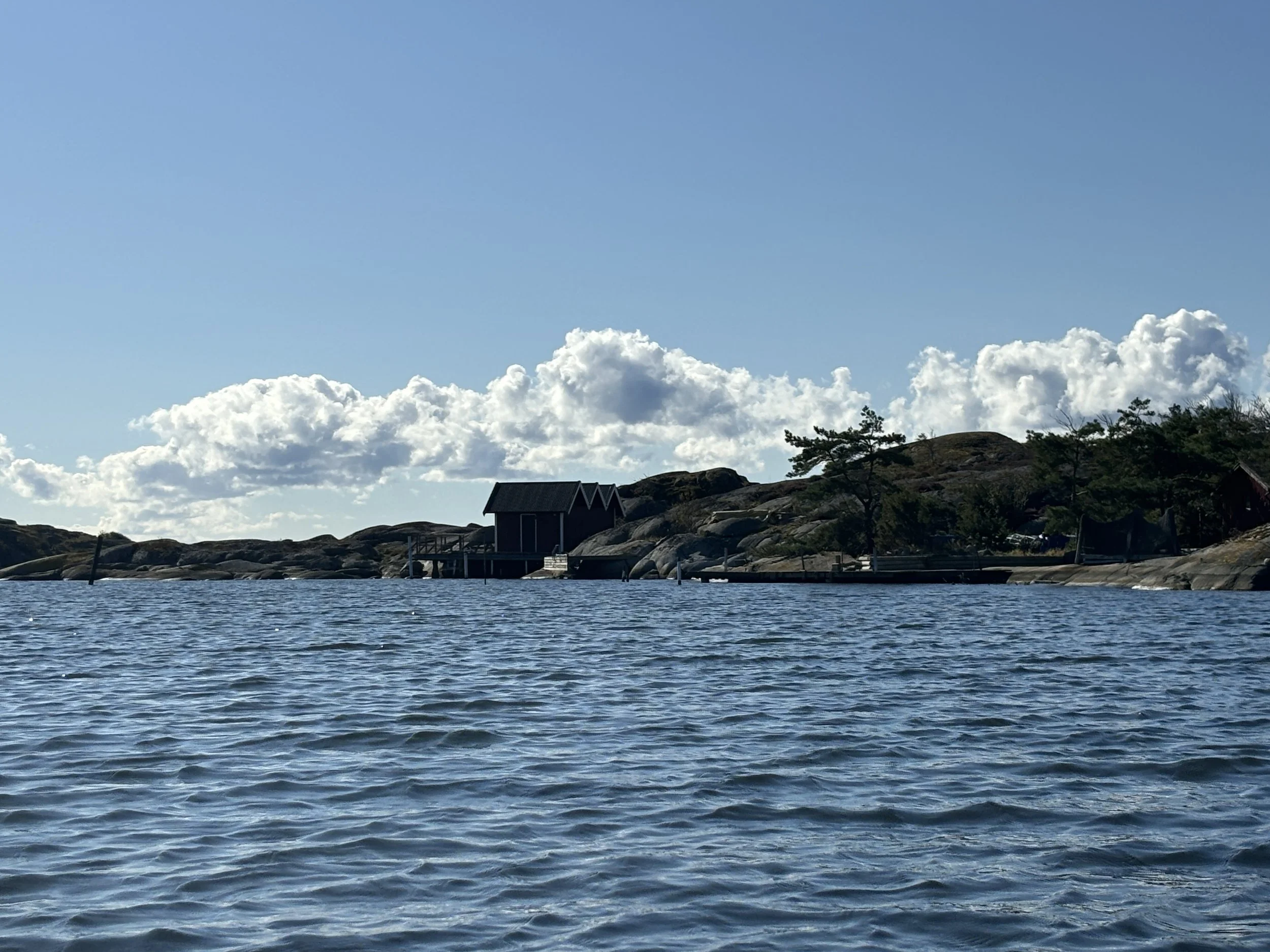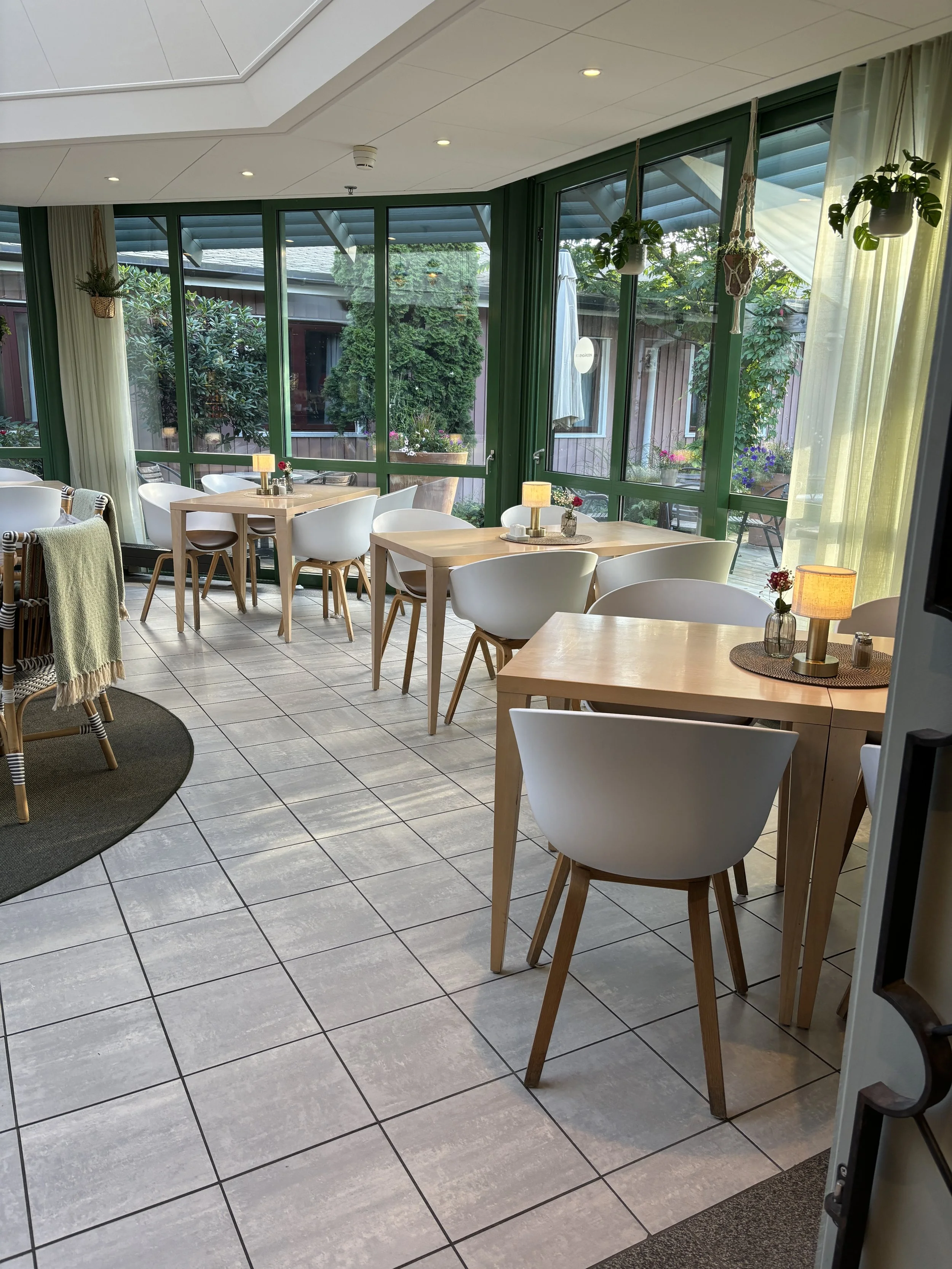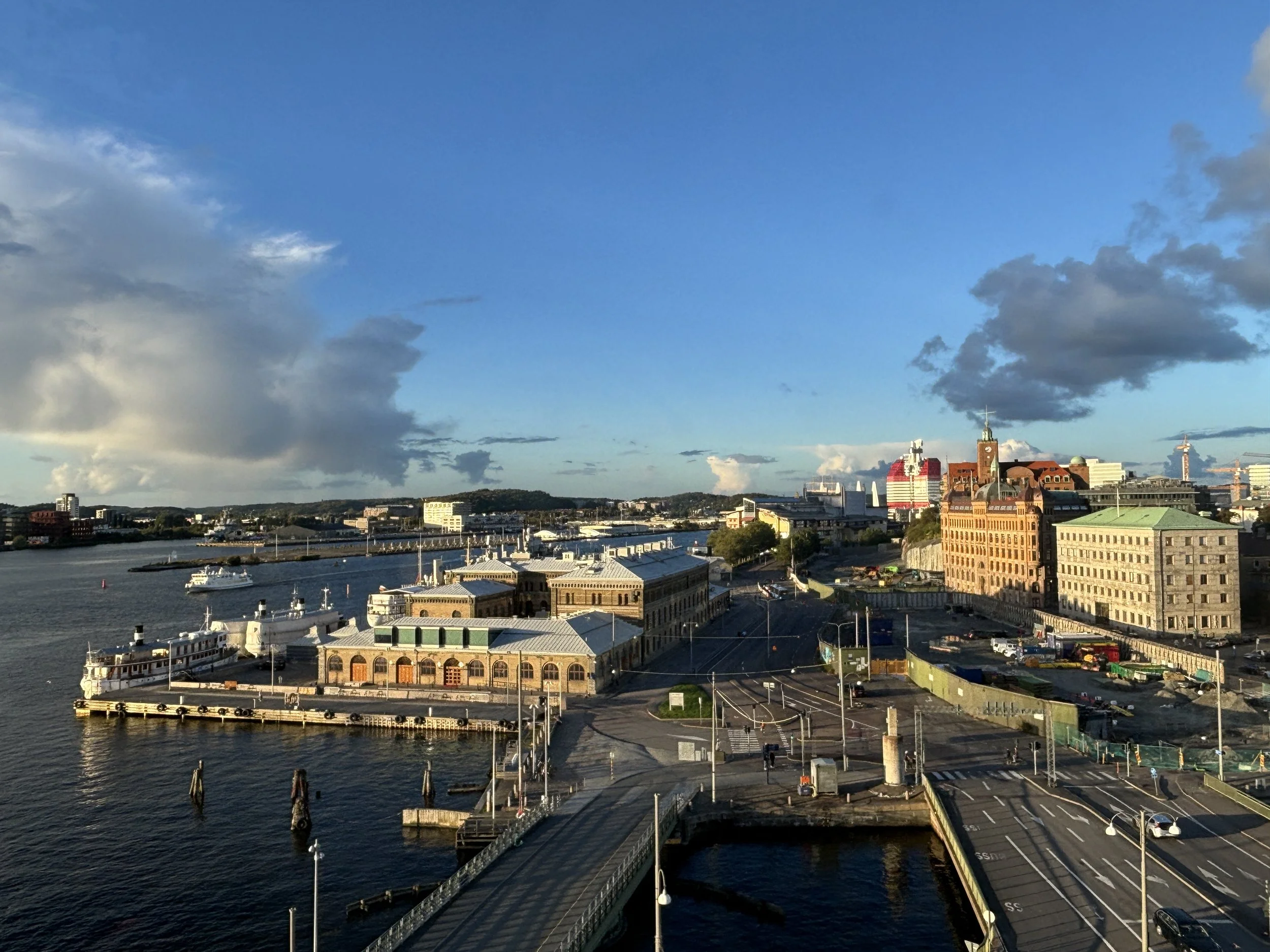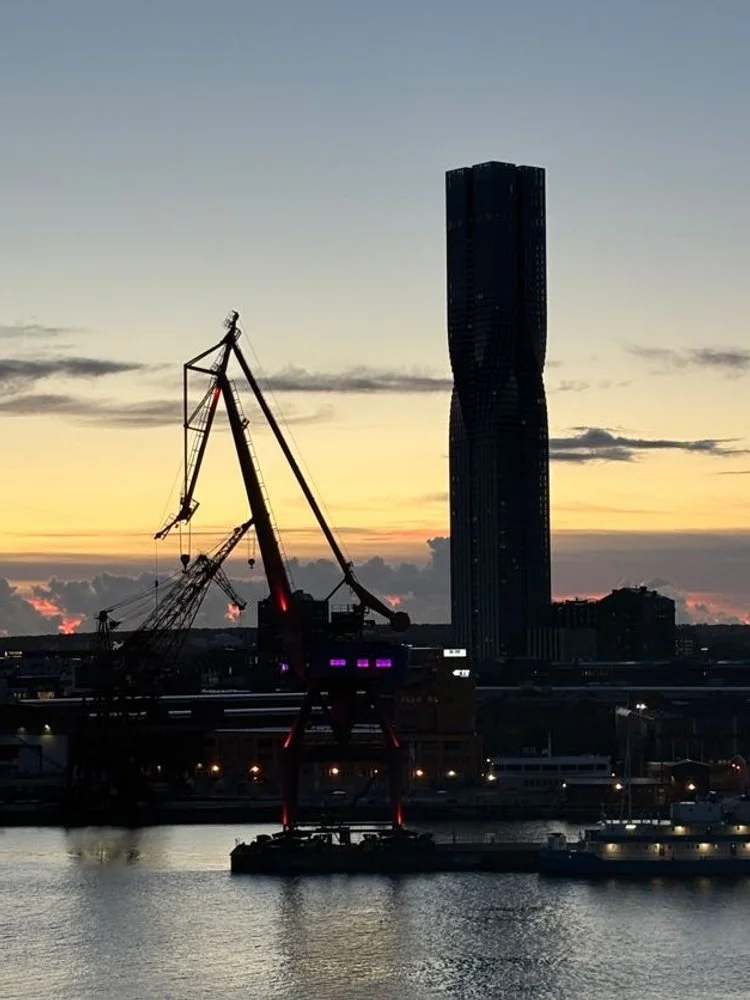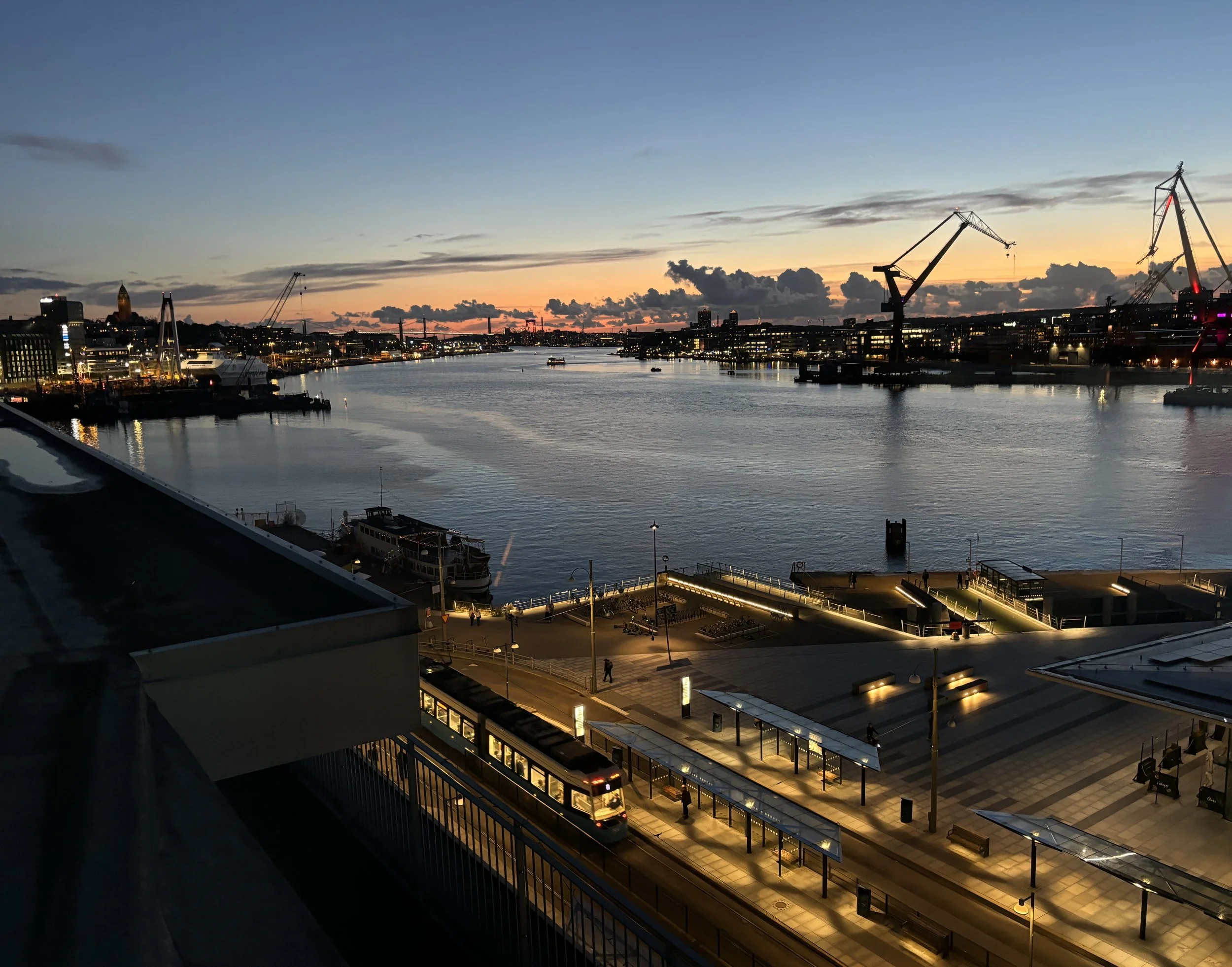A day in Malmö: what to see & what to do
The city of Malmö, near the southernmost tip of Sweden, often gets a bad rap. However, when I visited not long ago, the city of Malmö did really surprise me in a positive way.
To be clear, the purpose of this post is not to deny that some parts of Malmö have, indeed, some serious problems (according to some official polls, a majority of residents in some of the city’s districts reports feeling unsafe), however, and at risk of making this post less exciting (to some), I must say that I didn’t get this impression during my visit. It must be noted, though, that my one-day visit covered only the downtown and parts of the seaside, so it may not be representative of the city (and its suburbs) as a whole.
What follows is a summary of my impressions of Malmö and suggest a few things to do and a few places to see if you find yourself in the city with some time to spare.
Exploring downtown Malmö
Just as in the case of the recently reviewed city of Gotebörg, the historical city of Malmö is located within relatively compact stretch of land, delimited by water on all its sides.
Immediately to the north of the old town is the the central railway and bus station as well as the harbour and, as we shall soon see, some modern hotels. To the west of it is a major park, although its seems to be divided in two parts, one called “Slottsparken” and the other, as in Gotebörg, called “Kungspark”.
There is also an old citadel that acts as a nexus between the old town and the Malmö riviera, which stretches starts just west of the old town and stretches for quite some distance towards the south, all while facing the Danish capital, Copenhagen, clearly visible on the opposite side of the Oresund Strait.
Malmö’s historical downtown, centered around two major open squares, Stortörget and Lilla Torg, is not without its charms. There is no big major landmark to highlight, but, as is often the case in Scandinavian cities, the charm is in the perfectly harmonious architectural ensemble.
In the case of Malmö, its cobblestone pedestrianised streets are very nice to walk through. The whole city center can be seen in less than an hour, if you don’t stop at any of the many cafés or restaurants that dot it.
Suggested itinerary for the Malmö one-day sightseeing:
Start at the edge of the port area, opposite Malmö’s Old Lighthouse
Walk along the canal (which connects the city’s inner waterways to the port and the Oresund) and past the central station.
Cross the old town, from Stortörget on to Lilla Torg and continuing towards Slottsparken
Spend some time wandering around Slottsparken, Kungsparken and the Citadel.
Visit the seabaths (“Ribersborgs sea baths”) and get the views of the iconic “Turning Torso” building, perhaps the best known landmark in the city, and try to get a glimpse of Copenhagen in the distance
Return to the central station to get the bus to Malmö Airport
The great parks of central Malmö: Slottsparken and Kungsparken
Scandinavia is amazing when the sun shines and Malmö is no exception. Here are some views of the perfectly manicured and well kept gardens on the west side of Malmö.
The sea baths and the Oresund riviera
I would have not expected the Oresund to look like this, but it really felt like some warm-weather resort town.
A long seaside promenade lines the western limit of Malmö, which looks like a favourite place for the locals to practice all sort of outdoor sports and activities.
The most prominent feature in this part of town is the late 19th C. "Ribersborgs Kallbadhus", the open sea baths in which the locals come year round to combine sauna with cold water bathing. To be honest, at the time of my visit, any place along the riviera looked like a good spot for a dip, but I can see why this place is popular, as both sauna and cold water bathing are known to have quite a few health advantages!
The building housing the baths is actually located in the water and its access is through a long wooden pier. Even if you don’t intend to use the baths, I much recommend walking all the way through the pier for the amazing views.
This is actually one of the best spots from there to admire the “Turning Torso”.
This iconic residential building, one of the tallest in all of Scandinavia, is the work of Spanish engineer Santiago Calatrava and since 2005 has dominated the city’s skyline.
And, it is also from here that you can also get a glimpse of Copenhagen, the Danish capital, emerging, not unlike a mirage, over the horizon.
Copenahgen and Malmö have been linked since the year 2000 by a bridge and have since become, national border notwithstanding, a single metropolitan area.
Great value place to stay in central Malmö
First Hotel Jörgen Kock
Jörgen Kocksgatan 3, 211 20 Malmö
This hotel of local Scandinavian chain First Hotel is quite a good choice if you are looking for something central and not too expensive.
It is located just two minutes from the central station and barely 5 minutes from the old town of Malmö.
Downtown Malmö
Getting to an from Malmö airport
As previously mentioned, with Malmö and Copenhagen being so closely integrated, Copenhagen-Kastrup airport has become the main airport for the whole of Scania, the southernmost region of Sweden, as well.
Malmö does have its own airport, though, which is located some 20km to the southeast of the city and has mainly domestic flights to Stockholm and other Swedish cities and hosts, as well, a number of low-cost operators such as Ryanair and Wizz Air.
It is actually quite a nice airport to fly from and not crowded at all. However, the main issue is that, since it doesn’t have much traffic, public transport connections are not super frequent.
There is, however, a bus line that departs from in front the Central Station and takes you to the airport in about 30 minutes. I recommend downloading the Flygbussarna app to purchase the tickets in advance if taking this option.
Summer weekend in Gothenburg: what to do and what to see
Gotebörg is Sweden’s second largest city, with a bit more than half a million inhabitants, and, to be honest, when the opportunity came up to visit it on a business trip, I didn’t know what to expect.
One thing that definitely caught my eye is that it is located pretty much on the North Sea coast and it has a couple of archipelagos right offshore which can be reached relatively easily from the city center. Since this was still during summer time, was it going to be my chance to finally do some kayaking or fishing in northern waters? We’ll see this soon on this post…
Before getting into my impressions about the city, a couple of lines about naming: Gotebörg or Gothenburg?
As much as I like the Swedish name “Gotebörg” better, it looks like the English version “Gothenburg” is more widely used internationally and, actually, many locals use it naturally when talking in English, so I opted to use it throughout the text.
A walk in central Gothenburg
Gothenburg downtown was, actually, one of the positive surprises of this trip.
I had heard about Gothenburg being a major industrial center, and there’s something to it, but it does have a also a rather sizeable, cute and pedestrianized city center. What’s more, downtown is really commercial with plenty of shops, bars. and cafés, but it hasn’t (yet) got to the point that it resembles the banal-tacky tourist traps that many European historical centers have become of late.
Three major geographical features define the contours of the old town of Gothenburg:
Gothenburg’s estuary, which is actually Gothenburg’s port and its link to the sea and the Atlantic Ocean. This has been the lifeline of the city as a major port, shipyard and industrial center
Fattighusan, which is a navigable canal that cuts through the center and connects to the estuary and the port area. Its sides have a good number of monumental buildings and they are nicely decorated with flowers and criss-crossed by several bridges in its most central parts.
Kungsparken, which is a large park which follows the contour of the city’s old bastion walls and moat on its southern side and acts as a boundary or as a nexus (depending on how you view it) between the old town and the modern districts of the city.
Having said that, the main attractive of Gothenburg’s historical center is, I think, the harmony of its ensemble, clearly contained between the city’s old city walls on one side and the estuary on the other, rather than any landmark in particular.
One iconic building that merits a short stop, though, is the Market Hall (“Stora Saluhallen”), which is, well…an indoor market, which doubles also as a food court. It has an interesting structure made of iron arches.
The industrial and seafaring part of town becomes more evident, I think, as you head towards the western edge of the city, even if still within the confines of the old town.
One point of interest in this part of the city is the Feskekörka, a fish market which was built in a shape that resembles that of a church (hence its name which in Swedish means something like “Fish Church”).
Rather than a modern development, this building was built in 1874, which shows how conceptually advanced may have looked at the time. It is located in a very nice emplacement by the water and is enhanced by an interesting sculpture group in front of it depicting the fish trade that used to take place here.
Since a refurbishment in 2021 it is no longer a fish market, though, and, at the time of writing these lines, it is basically a seafood restaurant.
Nice place to have drink in Gothenburg: Magasinsgatan
If wish to have something to drink, either a glass of wine or craft beer in central Gothenburg, you can head ot Magasingatan, on the west side of the old town.
Here’s my recommendation in this area:
Brewers Beer Bar
Magasinsgatan 3, 411 18 Göteborg
This is a rather cozy, hype place with a nice selection of wines, cider and craft beer. It has also a terrace outside.
Magasinsgatan at dusk
Great pizza place in Gothenburg
Buono Pizza
Teatergatan 15, 411 35 Göteborg
Ok, I know pizza is not really Nordic cuisine, but, Gothenburg culinary scene is also a reflection of its very diverse population.
In this regard, if you are looking for a place to have dinner quick and relatively late in the evening, here’s a nice Italian pizza place quite central just off one of the city’s main commercial avenues.
In addition to the tasty pizza and large portions, there is an interesting menu sheets explaining the history of pizza.
You get also a large jar of water alongside, as well, which is unusual in Europe.
Kayaking in the Gothenburg archipelago
Scandinavia is a great place for outdoor activities when then sun shines. So, as a kayak enjoyer, couldn’t pass the chance to practice a bit of sea kayaking in the archipelago just off the city.
The first question to decide was: which archipelago? Because Gothenburg has two, one on the north and one on the south side of the mouth of the estuary.
From what some local friends told me, the northern one is more wild and perhaps more interesting from the point of view of its natural environment, but the southern one is much closer to get to from the city on public transportation.
Since I only had half a day for this endeavour, the choice was clear, then. I was going to sea kayak in Gothenburg’s southern archipelago.
Next was a matter of finding the kayak rental outlet. I checked several options, both on the islands and on firm land and I finally opted for:
Långedrags Kajakuthyrning
Hinsholmskilen, Småbåtshamnen, 426 79 Västra Frölunda
https://www.langedragskajakuthyrning.se
This place is located at the small sheltered harbour of Långedrag, which is, basically, a suburb of Gothenburg. It can be reached by direct tram 11 from Gotebörg’s Central Station in about half an hour (stop Gotebörg Hinsholmen). The quay where the kayak rental is located is just 2 minutes walk away from the bus stop.
The car rental location is located within a marina at the edge of a narrow bay. The facilities are a couple of containers where the material is kept. Before my arrival I arranged the pick up with the company on whatsapp and a young guy welcomed me and helped me get everything set up. He told me to contact him when on my way back to get the return sorted.
There is not really a facility to get changed, so you better bring a towel or something to do so on the spot. All said, it was 9.30am and the place was really quiet with pretty much no one around. Also, there is no shower, so when you come back, be prepared to change again onto street clothing straightaway.
The area is really stunningly beautiful when the weather is nice. This was the case at the time of my departure with the sea really, really calm (it was not to last though!) and the sun shinning. The waters near Långedrag soon filled with all sorts of watercraft.
Now, a word about the materiel: you get a sea-faring kayak, which is truly slim and fast, but, beware! also rather unstable if you are not used to this type of craft. You get also a plastic map of the area, which is VERY important since the archipelago is truly labyrinthine, with thousands of islands, islets and rocks all around.
So, another key decision was whether to aim for the outer part of the archipelago, which implies crossing a mile or so of open water, or stick to the islands closest to shore. Since I was inexperienced in these waters, I opted for the second and this proved to be the right decision, since the weather started to change mid-morning and I had to complete the return leg in rather more challenging and windy conditions (and after having experienced a capsizing mid-route!).
IMPORTANT!
Unless you have experience in these waters, stick always to shore, be careful and don’t overdo it!
Also, make sure you carry a mobile phone in an impermeable bag, some spare clothing in case you capsize and, if possible, don’t go alone!
Talking from experience here, since my return to base was far from enjoyable given the need to navigate the archipelago in far from ideal conditions!
Now, you don’t need to go very far to get to truly amazing and beautiful spots within the archipelago. This is truly Nordic nature at its best and the water was really clean and, surprisingly, not that cold!
The whole tour lasted something like 3.5 to 4 hours overall sticking to the islands that are closest to the mainland getting as far south as the island called Stora Sjoholmen. However, again, don’t be tricked by the look in the map, even that relatively short distance can be quite taxing physically and you need to be careful navigating the many rocks and islets not to add too much to the itinerary. I returned to Långedrag in the early afternoon.
Good value place to stay in central Gothenburg
Hotell Heden BW Signature Collection
Sten Sturegatan 1, 411 39 Göteborg
This is a rather unpretentious but good value place. It is located in the modern part of town but less than 10 minutes walk away from the historical cente and two minutes away from one of the city’s main thoroughfares with plenty of trams going through. The walk to the old town is, in itself, quite pleasant if the weather is nice, since it goes across the Kungsparken, Gothenburg’s main urban park.
Interestingly for such a urban hotel, the layout is more reminiscent of out-of-town or roadside hotels, with a low-rise building and an open central courtyard. The rooms are nothing super fancy, but clean and functional.
The breakfast was quite good, actually. And staff were nice and attentive throughout all interactions.
A walk in the Haga neighbourhood
An area of Gothenburg that deserves also some space here is Haga, which is located on the southwestern part of town (outside the old town).
This used to be a working class district of Gothenburg, but has since become gentrified, with its cobbled streets and old-style houses, built in a characteristic style that combines brick and wood, becoming a lively area with shops, restaurants and cafés.
It is also pedestrianized, so it makes for a great walk (again, provided the weather is nice!).
Where to get the best views of Gothenburg harbour
TaKeT Rooftop Bar
Skeppsbroplatsen 1, 411 21 Göteborg
This is a nice rooftop bar located right at the center of the harbour area, next to one of the maritime terminals from where several of the ferries connecting the two sides of the estuary and the lines linking to Gotheburg’s archipelagos depart.
Gothenburg’s TaKeT Rooftop Bar is also an ideal place from where to understand the role of its port in the city’s economy, even if some of these facilities have now been reconverted to host other types of activities (including Gothenburg’s role as a hub for Chinese electrical vehicle production and distribution in Europe).
The best time to visit the TaKeT Rooftop Bar is at sunset, since the westward looking layout of Gothenburg’s port guarantees some truly impressive views!
